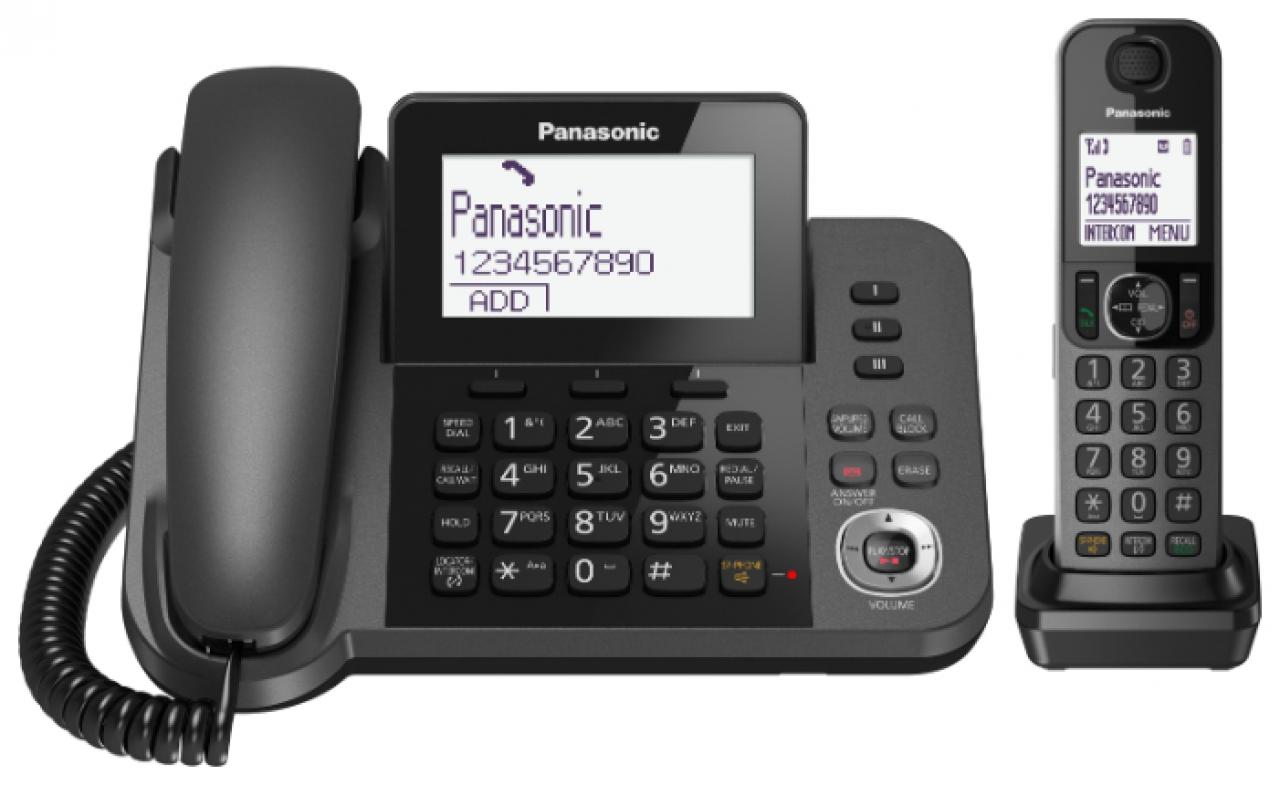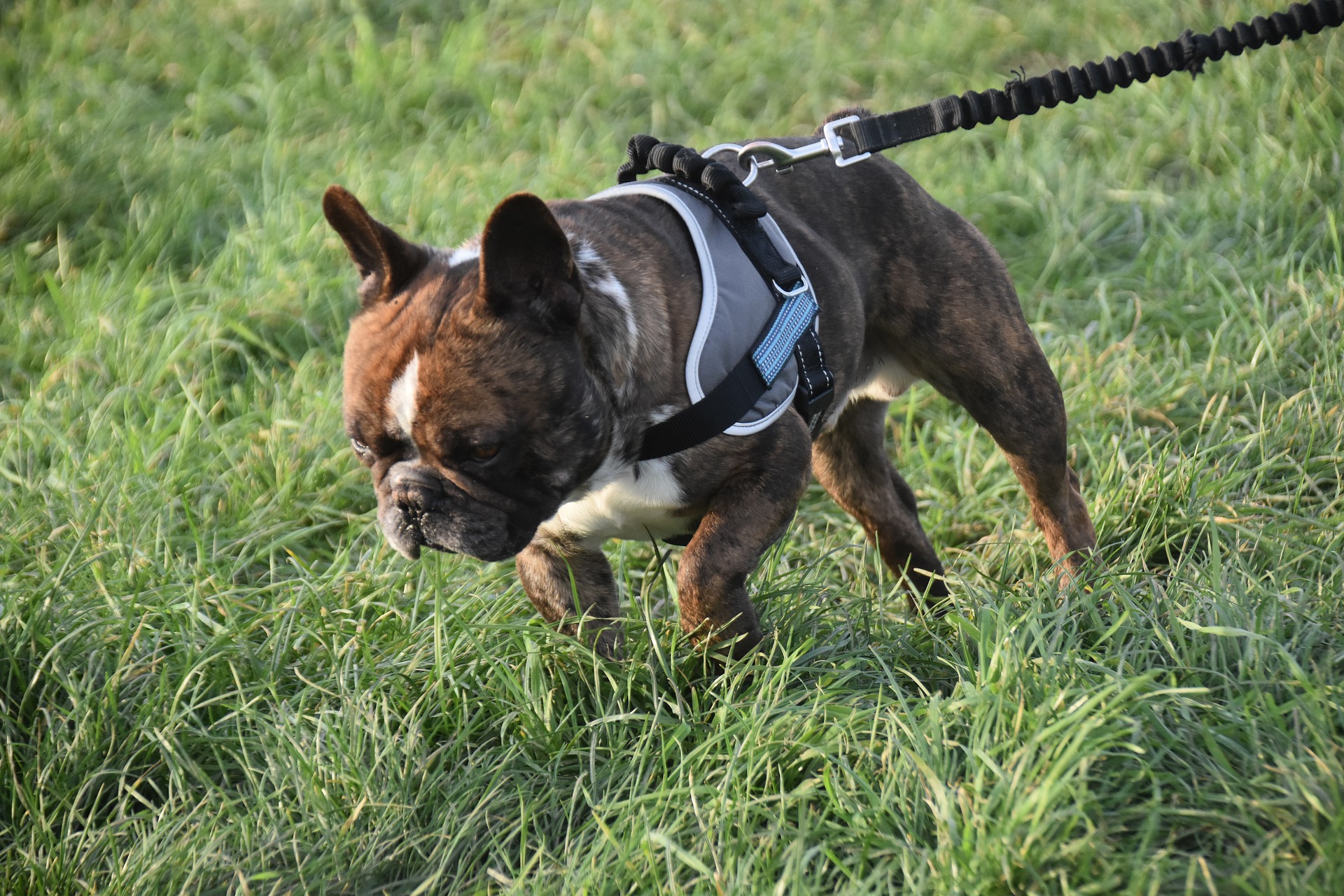Overview of the Vivo NEX 3S smartphone with key features

Vivo Nex 3 has become one of the most discussed smartphones of our time. To begin with, it is worth noting that a huge audience was betting on who would show the world a model with a waterfall screen faster - Vivo or Huawei. Then we were looking forward to the moment when the gadget goes on sale in order to personally verify the superiority of the product over the rest.
Content [Hide]
Display Quality
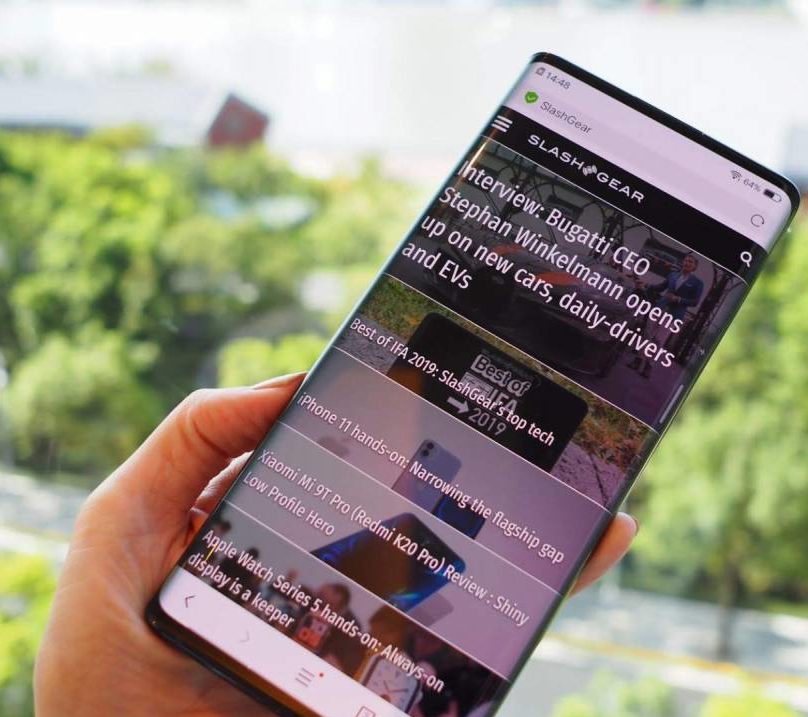
This model is one of two, where there is a waterfall display. However, Vivo was the first to release a novelty in the world of electronics, so the manufacturer can be safely called the creator of a new trend.
The display diagonal in full size is 6.89 inches, which includes its curved part. Resolution - 1080 × 2256 pixels. The sides are related as 18.8:9.
During testing, the unit showed maximum brightness values in manual mode and in automatic mode under the influence of bright lighting. In the first case, the result was 415 nits, in the second - 610 nits. Both the first and the second indicator cannot but rejoice. In addition, such indicators do not affect comfort during night use, because the minimum brightness value is only 2 nits.
However, the color rendition raised some questions. In standard mode, the color rendering index was 4.3, which is a good value. The result could have been better if the white point hadn't been shifted so much towards blue. This parameter can be mitigated, but not much. It is enough to move the slider to the right side (from cold to warm colors).
sRGB content is played back in Normal mode. Here deltaE is 2.1 which is really amazing. Although the white color is still not ideal, it is much nicer than in the standard mode. Vivid mode allows you to slightly expand the gamut. The display is able to play HDR content from YouTube.
Characteristic table
| Dimensions and weight | 167.44 × 76.14 × 9.4 mm, 217 grams |
|---|---|
| Housing materials | Schott Xensation UP glass and metal |
| Display | 6.89 inches, 2256x1080 pixels, 363 PPI, POLED Waterfall FullView Screen-to-body ratio 99.6% (according to manufacturer) Brightness 450 cd/m2 Always on display support |
| Operating system | Google Android 9 and proprietary shell Funtouch OS 9.1 |
| Platform | Qualcomm Snapdragon 855 Plus: 8 Kryo 485 cores, frequency up to 2.96 GHz, 7 nm manufacturing process, Adreno 640 GPU; Evaporative cooling system |
| Memory | 8 GB RAM, 128 GB UFS 3.0 storage |
| Wireless interfaces | Wi-Fi b/g/n/ac, 2.4/5 GHz, Bluetooth 5.0, NFC |
| Net | 2G: 850/900/1800/1900MHz 3G: 850/900/1900/2100MHz 4G Cat 18: B1/B2/B3/B4/B5/B7/B8/B12/B17/B18/B19/B20/B26/B28 Two nano SIM cards |
| Navigation | A-GPS, BEIDOU, GLONASS, GPS |
| Sensors and connectors | Fingerprint scanner under the screen, USB-C (2.0) Light sensors, digital compass, proximity sensor, gyroscope, accelerometer; Touch Sense System + X-Axis Haptic Mechanism |
| Main camera | Primary: 64 MP, f1.8 Wide-angle: 13 MP, f/2.2 Telephoto: 13 MP, f/2.48, 2X optical zoom Support 4K 60 fps |
| Front-camera | 16 MP, f/2.0 |
| Battery | Capacity 4500 mAh, adapter 22.5 W (5V/2A, 9V/2A, 10V/2.25A) |
| Audio | One speaker for sound output Asahi Kasei Microdevices AK4377A audio chip 3.5 mm audio output |
| Color | "Shining Night" |
Camera functionality
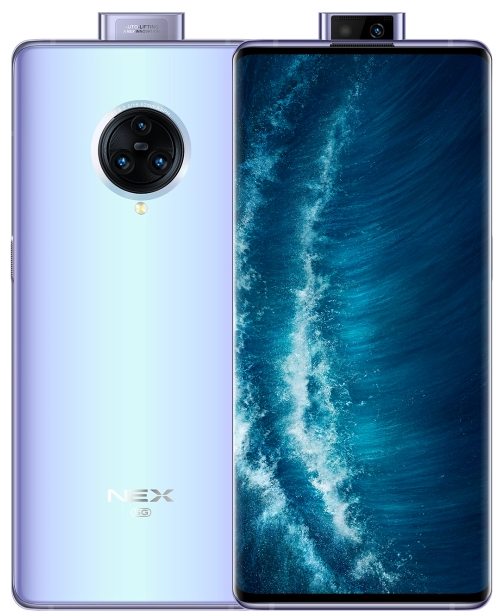
Like the majority of modern flagships, Vivo NEX 3S is also equipped with a triple main camera. Its components are the main module, telephoto lens and ultra-wide-angle module. Moreover, the focal length of the telephoto lens is twice as long.
The main module is, in a sense, the new 64 megapixel Samsung sensor. The result is 16 MP images. The same can be seen on Realme flagships and on Redmi.
The camera is equipped with a 13 megapixel sensor, where the lens was 52 mm. Due to it, a 2-fold magnification factor is provided when compared with the main one. In addition, there is an ultra-wide-angle 13 megapixel module equipped with autofocus.
If we consider the camera application as a separate element, then it should be noted that all elements are slightly scattered, i.e. there is no structured order.Also noteworthy is that the dual camera selector is located on the right side of the screen, which makes it possible to control it in portrait orientation. With the help of a three-dot icon, it is possible to cycle through the cameras. In addition, you can hold down, and then make a selection with a sliding motion.
A button in the corner of the viewfinder also activates the ultra-wide-angle camera. It is located along with Bokeh and Super macro modes. Here the question arises: why it was impossible to combine all this in a selector? An equally pertinent question among consumers has been: why isn't bokeh in portrait mode set as the default mode?
A rather interesting Pro-mode deserves special attention, where there is manual control of shooting parameters, including manual focus.
Daylight contributes to excellent shots, where even in the extreme areas there is excellent detail and good sharpness. Colors also delight with their brightness, which fits into the concept of "everything in moderation." But the dynamic range did not please with its breadth, better results were expected.
If users want to take pictures with amazing detail, then they just need to select the 64 MP mode in bright light. The result will be especially noticeable in the photo with the presence of small details. However, the increase in noise will also become more noticeable.
Due to the telephoto lens, you can get better images than with 64 megapixel mode. However, the enlarged versions of the captured images, when viewed from the point of view of detail, are slightly inferior in brightness, although they are still of no less quality. According to forecasts, this issue should be resolved in an upcoming update.
Optimal sharpness, realistic colors and a good dynamic range, coupled with autofocus, are housed in an ultra-wide-angle camera.
Even in low light, the main camera continues to take amazing pictures. The brightness is surprising, but with a half step increase in exposure, the result would be much better. There are no complaints in terms of detail, noise reduction is on the level, everything is in order with dynamic range, and color saturation is not lost in the dark.
When using night mode, sharpness and detail are improved, noise is reduced, and colors are saturated. Thus, quality losses are insignificant, and sometimes not at all.
Portrait photography and selfie camera
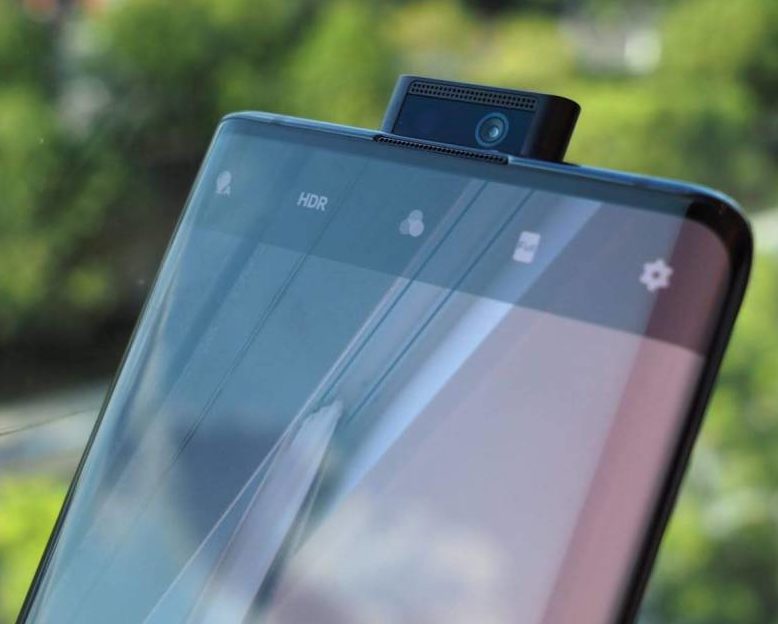
Vivo NEX 3 provides portrait photography in two different ways. The first is the standard portrait mode, which uses the bokeh effect. It copes well with its main task, but shooting here is possible only with 1x and 2x zoom. The second is to use the "bokeh" option in the "Photo" mode. Photos are really high quality, because. have good detail, and in the process of shooting, objects are easily recognized by the camera. With the help of the settings, it is possible to create a slightly artificial background rendering. This method works great when shooting inanimate objects. Items of medium complexity are easily recognized.
Separately, it is worth highlighting the selfie camera of the gadget. It is presented in the form of a pop-up module with a 16 MP sensor. However, autofocus is not observed here. The detail is at a high level, and the dynamic range is simply amazing when compared to other front cameras.
Video filming
Videos can be recorded in resolutions up to 4K at 60 fps.You can choose between h.264 and h.265 codecs. Any video recording mode involves sound recording in stereo.
There are 2 ways to stabilize a video. 1080p video is recorded using the main camera and telephoto lens, while the ultrawide is left idle. The stabilization on the main camera works great, resulting in videos with smooth transitions and no judder.
But about the ultra-wide-angle module, there are not such good reviews, and the quality of the video is a moot point at all. If we consider a telephoto lens, it should be noted that with its help the videos are smooth even when shooting distant objects, but there is an important condition here - you need to move at low speed.
Videos shot in 4K from the main camera are very worthy. The smallest details are perfectly visible, all natural colors are well preserved. But if we consider the results more deeply and carefully, we can notice some loss of small elements.
The ultra wide-angle camera can shoot at a maximum resolution of 1080p. Those. shooting in 4K is not available. Detailing pleases, but the dynamic range failed, because. turned out to be quite narrow.
Audio sound quality
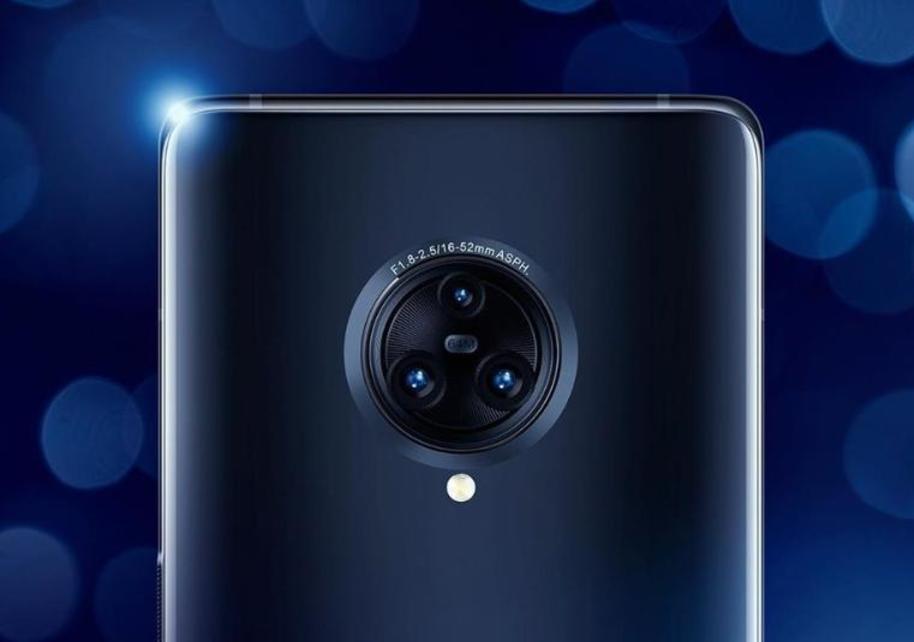
The only speaker is located on the bottom edge of the smartphone. This approach is highly questionable both in terms of volume and quality. If considered as a whole, then there is no need to complain about the sound, but when comparing the flagship with other high-quality phones, the sound quality is questioned. When outputting sound to an external amplifier, the volume level is above average. No interference is observed.
But in headphones, the sound is much lower, interference and distortion appear.This significantly spoils the impression of the speakers. Taking into account this nuance, the conclusion suggests itself that the sound does not reach the flagship.
The cost of new items in the electronic world, advantages and disadvantages
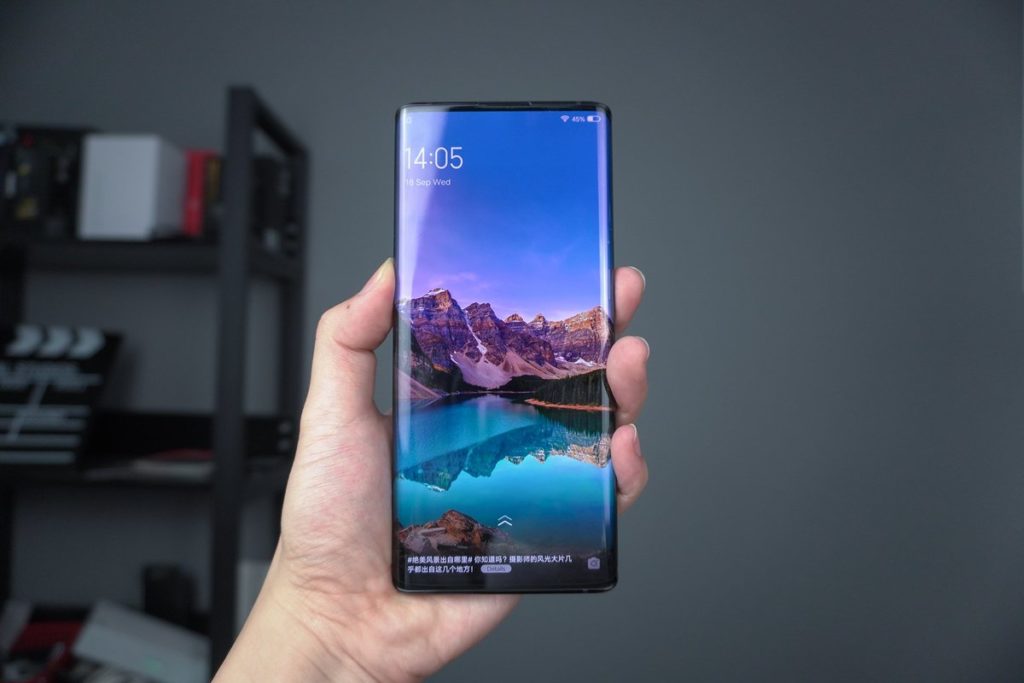
The average cost in Russia amounted to 60 thousand rubles.
- Good camera;
- Ability to shoot in 4K;
- The presence of a waterfall screen.
- Bad sound in headphones;
- Chaotic arrangement of functions in the camera application.
The smartphone is represented by a mature device in the line, where the frame is no longer a defining feature. The waterfall screen never ceases to amaze, making the gadget unique in some way. So, the design of the smartphone is unique, and the colors are bright and saturated.
Vivo is equipped with a good camera, which is able to cope with all tasks both day and night. However, there were some drawbacks here: the software is slightly unusual, and the functions in the application are scattered randomly. And the lack of mechanical control at first causes some inconvenience. There is no IP enclosure protection. But if taken as a whole, then the model certainly deserves special attention.
new entries
Categories
Useful
Popular Articles
-

Top ranking of the best and cheapest scooters up to 50cc in 2025
Views: 131654 -

Rating of the best soundproofing materials for an apartment in 2025
Views: 127694 -

Rating of cheap analogues of expensive medicines for flu and colds for 2025
Views: 124521 -

The best men's sneakers in 2025
Views: 124037 -

The Best Complex Vitamins in 2025
Views: 121942 -

Top ranking of the best smartwatches 2025 - price-quality ratio
Views: 114981 -

The best paint for gray hair - top rating 2025
Views: 113398 -

Ranking of the best wood paints for interior work in 2025
Views: 110321 -

Rating of the best spinning reels in 2025
Views: 105332 -

Ranking of the best sex dolls for men for 2025
Views: 104370 -

Ranking of the best action cameras from China in 2025
Views: 102218 -

The most effective calcium preparations for adults and children in 2025
Views: 102014
